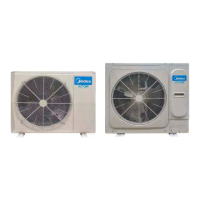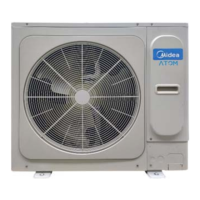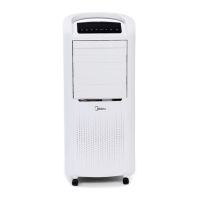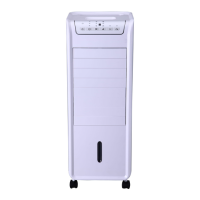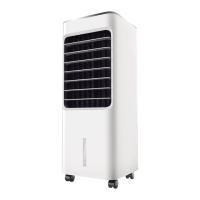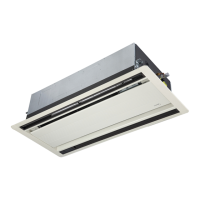Atom B Series VRF 50/60Hz
73
Part
6
-
Diagnosis and Troubleshooting
Discharge pipe temperature sensor
and/or discharge temperature switch
connections on main PCB are loose
Ensure the sensors and switch are connected
properly
Compressor top temperature sensor
and/or discharge pipe temperature
sensor have short circuited or failed
1
Replace the faulty sensor(s)
Insufficient refrigerant caused by
refrigerant leakage
2
Add refrigerant and inspect the system for leaks
The system is blocked, caused by crushed
or bent pipe, blocked EXV or dirty filter
3
Inspect the system and fix the error. If the filter is
blocked by ice, the piping should be cleaned
The indoor load is too large
4
Make sure the combination ratio is less than 130%
System contains air or nitrogen
5
Flush all refrigerant then vacuum the system and
recharge refrigerant. Add oil to the system if it leaks
The condenser heat exchange is poor
6
Inspect the system and fix the error
Notes:
1. Measure sensor resistance. If the resistance is too low, the sensor has short-circuited. If the resistance is not consistent with the sensor’s resistance
characteristics table, the sensor has failed.
2. An insufficiency of refrigerant causes compressor discharge temperature to be higher than normal, discharge and suction pressures to be lower than normal
and compressor current to be lower than normal, and may cause frosting to occur on the suction pipe. These issues disappear once sufficient refrigerant has
been charged into the system.
3. A low pressure side blockage causes compressor discharge temperature to be higher than normal, suction pressure to be lower than normal and compressor
current to be lower than normal, and may cause frosting to occur on the suction pipe.
4. An indoor load that is too large causes suction and discharge temperatures to be higher than normal.
5. Air or nitrogen in the system causes discharge temperature to be higher than normal, discharge pressure to be higher than normal, compressor current to
be higher than normal, abnormal compressor noise and an unsteady pressure meter reading.
6. In cooling mode check outdoor heat exchangers, fans and air outlets for dirt/blockages. In heating mode check indoor heat exchangers, fans and air outlets
for dirt/blockages.

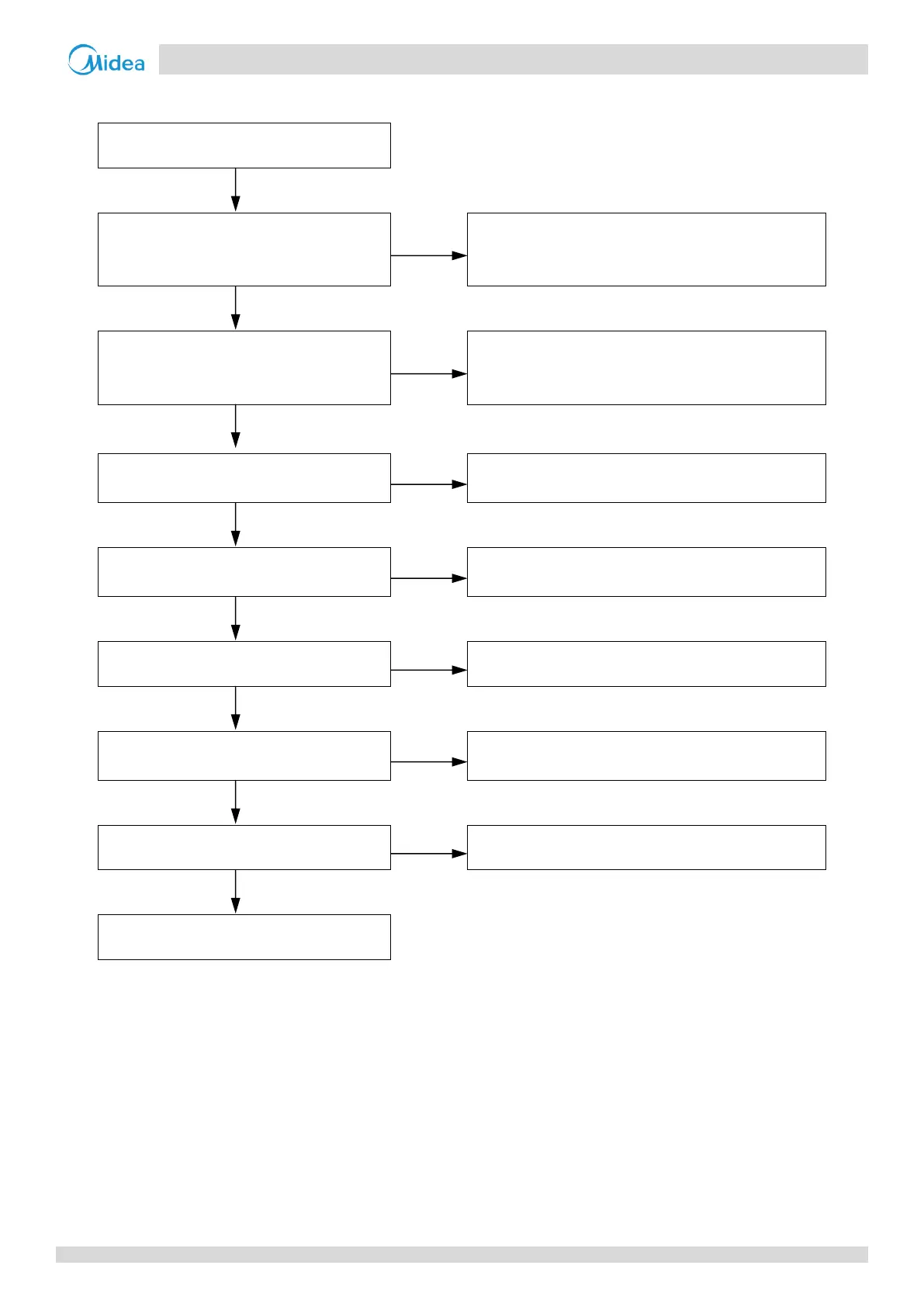